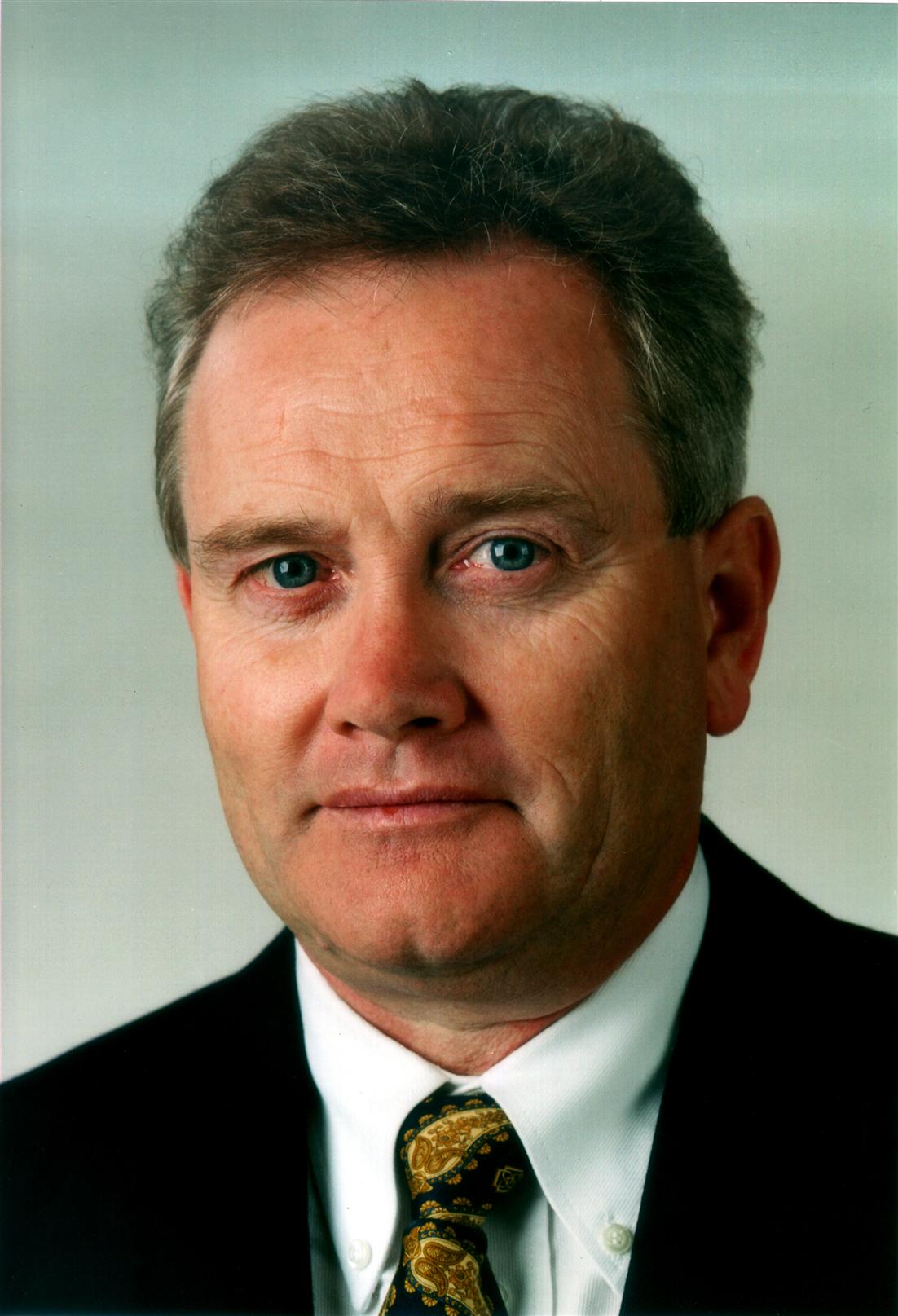A word from Steve Myers: The Operational Performance Marathon is just starting
In the previous Bulletin, Lyn (Evans) referred to the construction phase of the LHC as a marathon that is now almost completed. This is absolutely true and thanks to the hard work and dedication of all the construction staff, CERN now has a superb accelerator ready to be operated and driven to its maximum potential performance. However, for many of us, the next phase of operation and exploitation of the LHC is a second marathon and the firing pistol has just been fired.
My first encounter with the LHC was in the very early 1980s, when many of us were fully occupied with LEP construction. Through a chance invitation by CERN director Herwig Schopper I participated in a discussion in the US about future proton colliders. Following this meeting, in April 1983, my boss (the late Wolfgang Schnell) and I published "LEP note 440", which gave preliminary estimates of the possible performance of a proton collider in the LEP tunnel.
After the controversial decision to close the LEP collider in 2000, and following a respectable mourning period, most of the LEP staff were redeployed and redirected to the LHC. Probably one of the most important assets that this group brought to the LHC was the valuable experience gained in 12 years of operating the world’s largest collider. As far as possible, all our positive experience was brought to the LHC and almost as importantly, every effort was made not to repeat mistakes made in LEP. The major problem in the early commissioning of LEP was the poor performance (and even absence) of accelerator controls and diagnostics. Following the amazing success of the first synchronization test with the LHC it seems that this approach has richly paid off.
Now we are ready and rearing to go, what are our short-term objectives? First, make a beam circulate (meaning hundreds of thousands of turns), and then accumulate a beam with a good lifetime. Then do the same thing with the second beam. Afterwards "ramp" these beams to high energy through the dreaded "snap-back". Then focus the beams at the interaction regions ("squeeze") and collide for physics data taking.
When all of this works, some of us may have the urge to scream "victory". Hopefully whoever does so will not suffer the same fate as the courageous Phaedippas of Greek legend, who, following his long run from Marathon to Athens, screamed "nike" to the waiting Athenians and then promptly collapsed and died from exhaustion!


